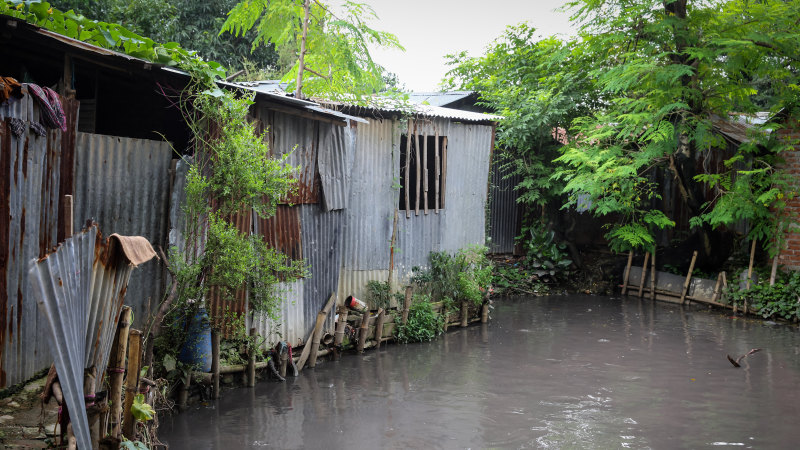It’s an uncomfortable fact that many of the products consumed in vast quantities by high-income countries – coffee, clothes, mobile phones, palm oil – are produced in low-income countries where forced labour is part of the supply chain. Modern slavery is a significant global issue with more than 50 million people deprived of their freedom for someone else’s profit. It is estimated forced labour accounts for at least 27 million of these people.
A cocktail of COVID-19, climate change and escalating conflicts around the globe have created opportunities for the hidden crime of modern slavery to thrive. A sweatshop worker room near polluted water in Bangladesh. Australians are known for their love of coffee but how many of us make a point of educating ourselves about the provenance of our morning caffeine fix? We love buying clothes – An Australia Institute report found that Australians are the biggest purchasers of new clothing in the world per capita – but how many of us are aware of the hidden human cost behind the low prices and abundance of stock on offer? Forced labour can mean a nine-year-old working in a cobalt mine for less than $1 a day to supply materials for mobile phones.

It can mean women toiling up to 14 hours a day in a workshop without ventilation to fill fast fashion orders. The Walk Free Foundation, which aims to eradicate modern slavery and maintains a Global Slavery Index, calculates that G20 countries imported $US468 billion worth of goods at risk.
















